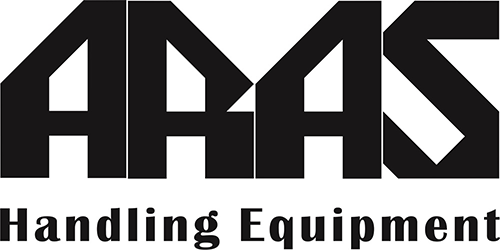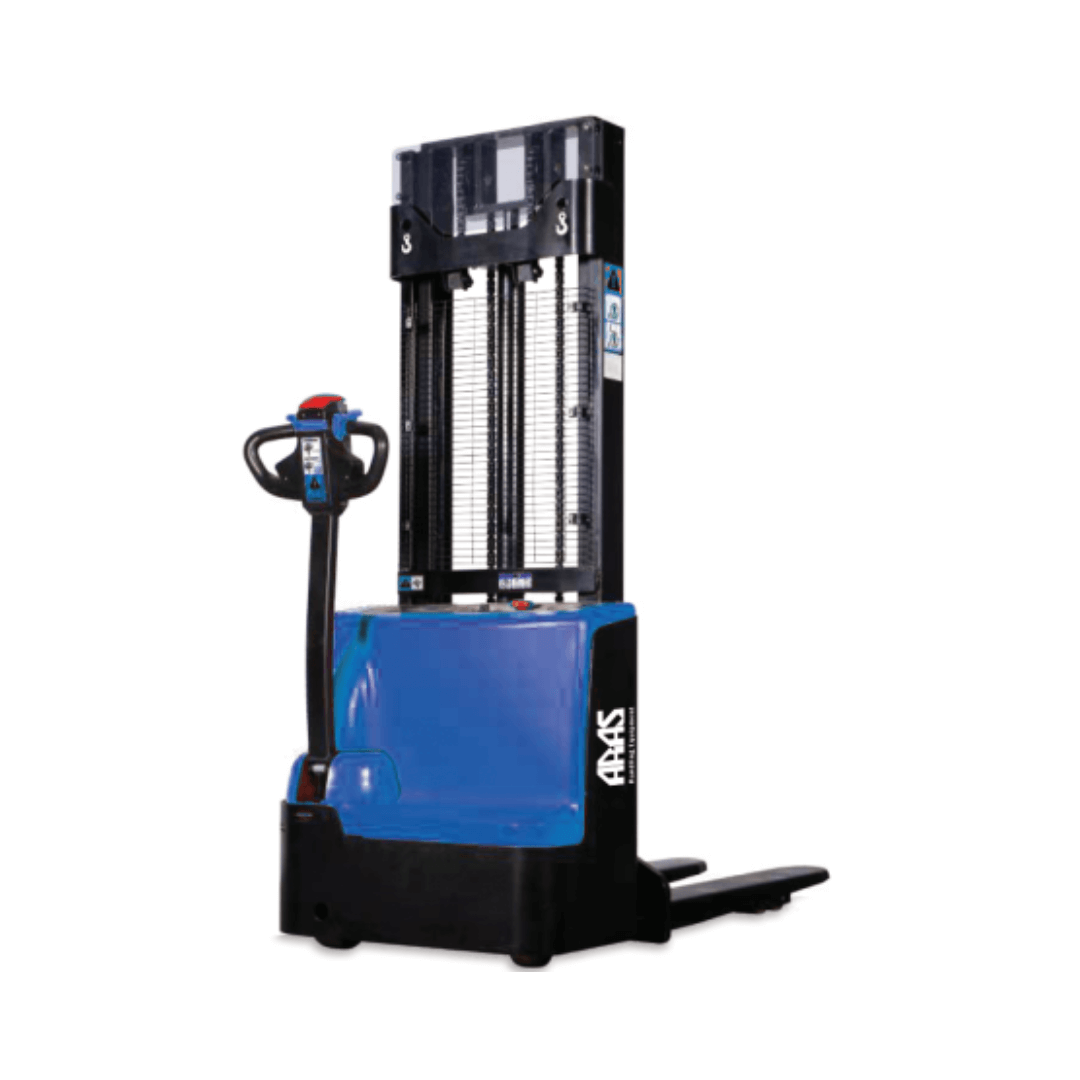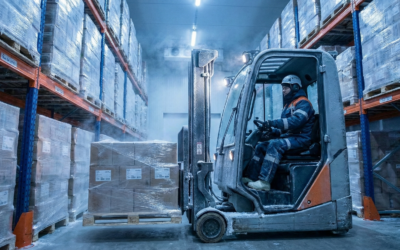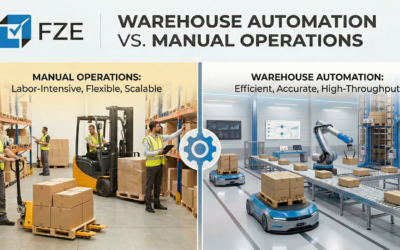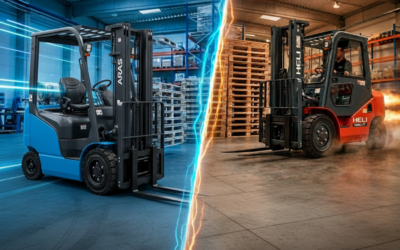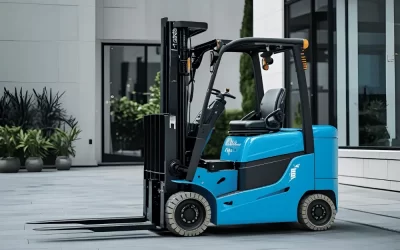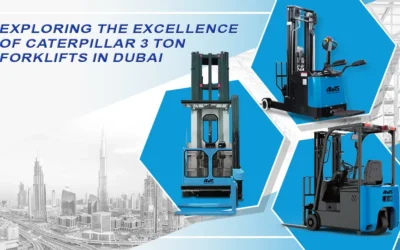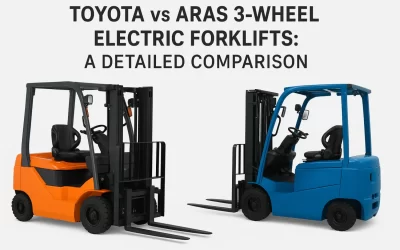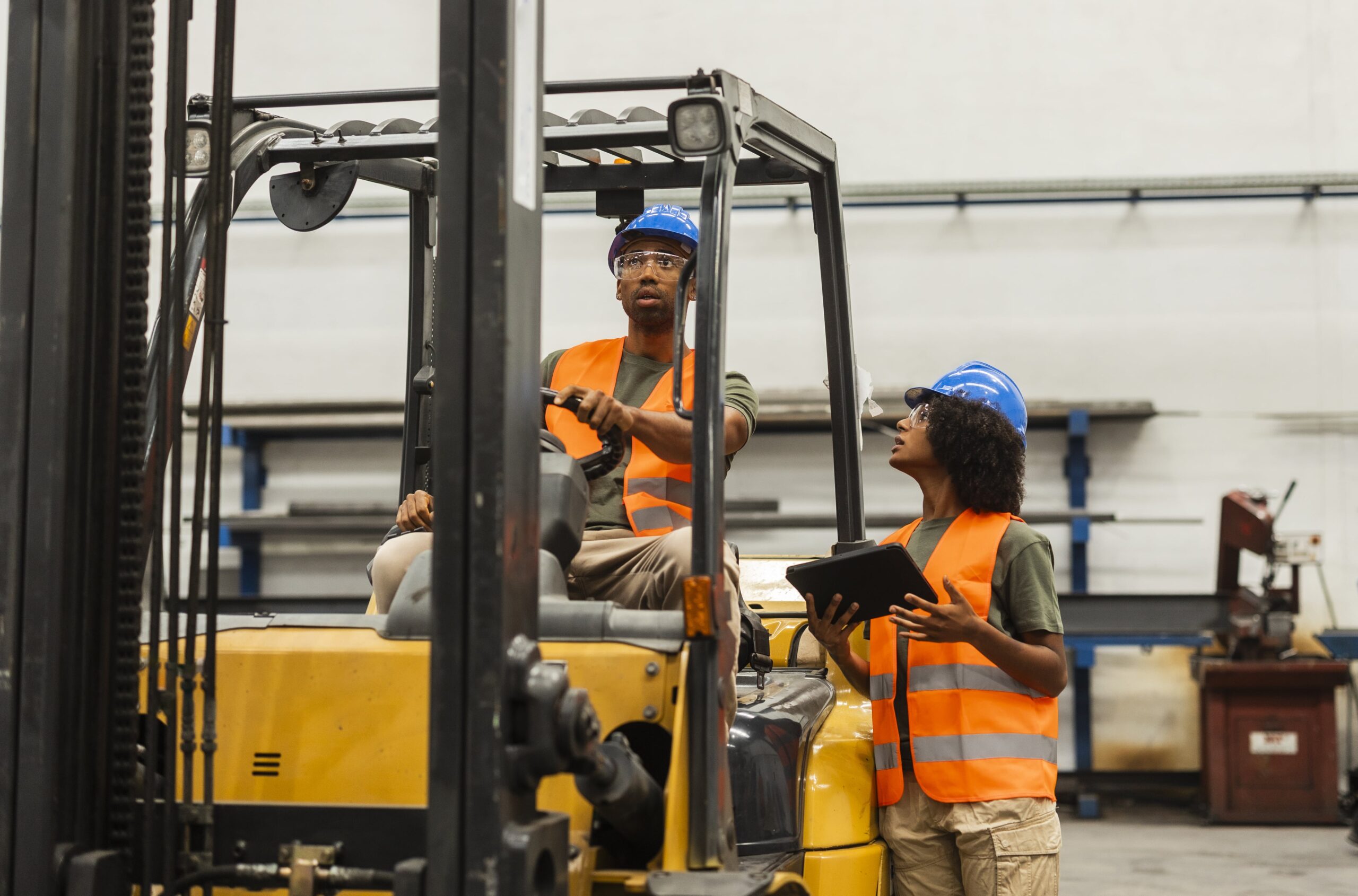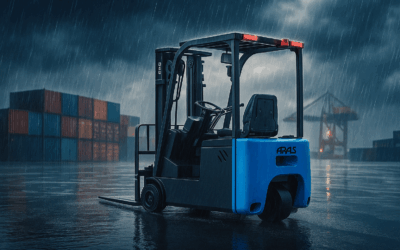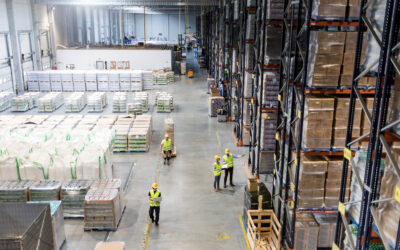In the fast-paced world of logistics and warehouse management, efficiency is key. One of the most essential tools for streamlining material handling operations is the pallet stacker. Designed to simplify the lifting, stacking, and moving of pallets, pallet stackers are a versatile and cost-effective solution for businesses of all sizes.
This comprehensive guide will explore everything you need to know about pallet stackers, including their benefits, types, and how to choose the right one for your needs.
What is a Pallet Stacker?
A pallet stacker is a compact material handling machine used to lift, transport, and stack pallets in warehouses, retail facilities, and factories. Unlike forklifts, pallet stackers are smaller, easier to operate, and ideal for spaces with limited room. They come in both manual and powered options, making them suitable for various business operations.
Benefits of Using a Pallet Stacker
1. Increased Efficiency
Pallet stackers allow workers to handle heavy loads with ease, speeding up warehouse operations and reducing downtime.
2. Space Optimization
Their compact design makes pallet stackers ideal for tight spaces, helping businesses maximize their storage capacity.
3. Cost-Effective
Compared to forklifts, pallet stackers are more affordable, making them a budget-friendly choice for small to medium-sized businesses.
4. Enhanced Safety
With features like controlled lifting and ergonomic handles, pallet stackers reduce the risk of workplace injuries.
5. Versatility
Suitable for various applications, from lifting pallets to stacking goods on high shelves, pallet stackers are a versatile tool for material handling.
Types of Pallet Stackers
1. Manual Pallet Stackers
These are operated manually, requiring physical effort to lift and move pallets. They are cost-effective and ideal for small-scale operations or light loads.
2. Semi-Electric Pallet Stackers
Combining manual and electric functions, these stackers have an electric motor for lifting while movement is manual. They strike a balance between cost and efficiency.
3. Electric Pallet Stackers
Fully powered, electric pallet stackers are perfect for handling heavy loads and are designed for high-volume operations. They are easy to operate and reduce operator fatigue.
4. Straddle Pallet Stackers
Designed for handling oversized or non-standard pallets, these stackers feature adjustable forks and legs for added flexibility.
5. Counterbalanced Pallet Stackers
These stackers have a counterweight that allows them to handle pallets without extending support legs, making them ideal for narrow aisles.
How to Choose the Right Pallet Stacker for Your Business
Selecting the right pallet stacker depends on your specific needs. Consider the following factors:
1. Load Capacity
Determine the maximum weight your stacker will need to handle. Choose a model with a capacity that meets or exceeds this requirement.
2. Lifting Height
Evaluate the height of your storage racks and select a stacker with sufficient lifting capability.
3. Operating Environment
Consider the size and layout of your workspace. For tight spaces, opt for a compact or counterbalanced stacker.
4. Frequency of Use
If you require frequent use, an electric or semi-electric pallet stacker may be more suitable to reduce operator fatigue.
5. Budget
While manual stackers are more affordable upfront, powered options may offer better long-term value due to increased efficiency.
Key Features of Modern Pallet Stackers
- Ergonomic Handles Designed for comfort, ergonomic handles reduce strain on operators during use.
- Adjustable Forks Allow for greater flexibility in handling different pallet sizes.
- Safety Mechanisms Modern pallet stackers include features like overload protection and emergency stop buttons for enhanced safety.
- Compact Design Ideal for navigating narrow aisles and tight corners.
- Battery Efficiency For electric models, energy-efficient batteries ensure long hours of operation.
Applications of Pallet Stackers
1. Warehousing
Pallet stackers are indispensable for organizing inventory, stacking pallets, and optimizing storage space in warehouses.
2. Retail Stores
In retail environments, pallet stackers assist in restocking shelves and managing backroom inventory.
3. Manufacturing
These tools are used to transport raw materials and finished goods within factories.
4. Logistics
Pallet stackers simplify loading and unloading goods in logistics centers and distribution hubs.
5. Cold Storage
With models designed for low-temperature environments, pallet stackers are perfect for managing goods in refrigerated storage facilities.
Maintenance Tips for Pallet Stackers
To ensure the longevity and performance of your pallet stacker, follow these maintenance tips:
- Regular Inspections Check for wear and tear on parts such as forks, wheels, and hydraulic systems.
- Battery Care For electric models, maintain battery health by charging correctly and avoiding overuse.
- Lubrication Regularly lubricate moving parts to reduce friction and extend the stacker’s lifespan.
- Operator Training Ensure operators are trained to use the equipment properly to minimize the risk of damage.
- Scheduled Servicing Follow the manufacturer’s recommendations for servicing to keep the stacker in optimal condition.
Advantages of Investing in a Pallet Stacker for Your Business
1. Time-Saving
Pallet stackers streamline material handling processes, saving valuable time.
2. Improved Productivity
Workers can handle heavier loads more efficiently, increasing overall productivity.
3. Reduced Operational Costs
By minimizing manual labor and preventing equipment damage, pallet stackers lower operational expenses.
4. Scalability
As your business grows, adding more stackers to your fleet can easily accommodate increased workloads.
Frequently Asked Questions About Pallet Stackers
1. What is the maximum weight a pallet stacker can handle?
Pallet stackers typically have load capacities ranging from 1,000 to 3,500 pounds, depending on the model.
2. Are pallet stackers easy to operate?
Yes, most pallet stackers are user-friendly and require minimal training, especially electric models.
3. Can pallet stackers be used outdoors?
While some models are designed for indoor use, others with durable wheels and weather-resistant features can be used outdoors.
4. How long does an electric pallet stacker’s battery last?
Battery life varies by model but generally lasts 6–8 hours of continuous operation.
Conclusion
A pallet stacker is an essential tool for businesses looking to improve efficiency and safety in material handling operations. Whether you operate a small warehouse, a retail store, or a large logistics center, investing in the right pallet stacker can make a significant difference in productivity and cost savings.
With a variety of options available—manual, electric, straddle, and counterbalanced—there’s a pallet stacker to suit every need. Evaluate your requirements, choose a reliable supplier, and take your material handling capabilities to the next level!
